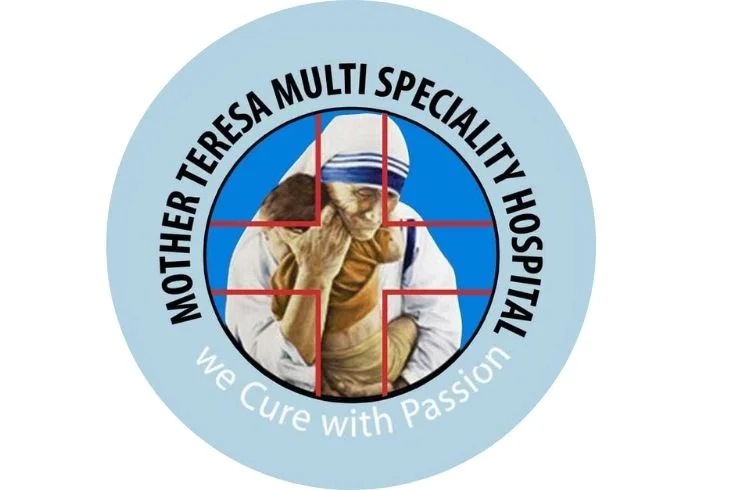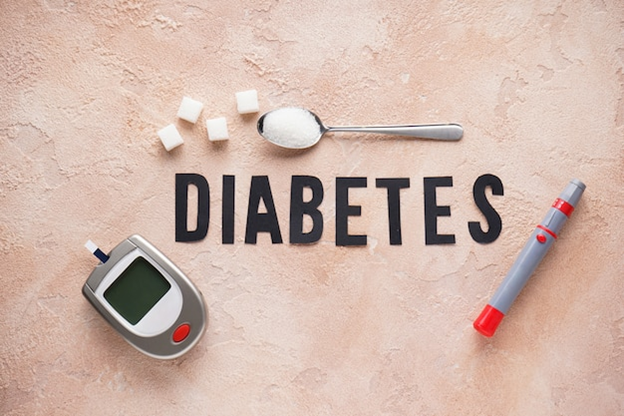Balancing blood sugar levels is crucial for overall health. It’s not just those with diabetes who need to be cautious; everyone benefits from understanding these conditions. Hypoglycemia and hyperglycemia represent two sides of the sugar spectrum. While hypoglycemia refers to levels dropping too low, hyperglycemia indicates excessively high blood sugar. Recognizing these conditions can prevent potentially life-altering events. By learning the symptoms and triggers, we can safeguard our health effectively. So, let’s dive into these two conditions, clarifying their differences, and ensuring we’re prepared to manage them.
Defining Hypoglycemia and Hyperglycemia
To grasp these conditions, it’s helpful to know what they mean. Hypoglycemia is when blood sugar levels fall below normal. This happens because our bodies rely on sugar, or glucose, for energy. The prefix “hypo” means low. On the other hand, hyperglycemia, with “hyper” indicating high, occurs when blood sugar is above normal. Both states disrupt how our bodies use glucose. Becoming familiar with these terms helps in recognizing what our bodies need for staying energized and focused. Understanding these basics can empower anyone to better handle their health.
Key Causes: What Leads to Blood Sugar Imbalances?
Hypoglycemia can be triggered by several factors:
- Medication misuse: Not taking diabetes medicines as prescribed.
- Skipped meals: Not eating regularly affects blood sugar levels.
- Intense exercise: Strenuous activity without proper fuel can lower blood sugar.
Conversely, hyperglycemia often results from:
- Uncontrolled diabetes: Insufficient or missed medication can raise levels.
- Dietary habits: Consuming too many sugary or high-carb foods.
- Stress: This can increase blood sugar as the body reacts to pressure.
Lifestyle choices heavily influence our blood sugar. Making informed decisions can help maintain balance, emphasizing the importance of understanding and managing these causes.
Spotting the Symptoms
Hypoglycemia symptoms can be subtle but significant:
- Shaking or trembling
- Sweating
- Confusion or difficulty concentrating
For hyperglycemia, symptoms include:
- Increased thirst
- Fatigue or feeling tired
Spotting these symptoms early helps prevent emergencies. It’s crucial to listen to your body and respond quickly. Subtle signs, if ignored, can escalate to pressing health issues, making it vital to recognize them promptly.
Risks of Unmanaged Blood Sugar Levels
Ignoring hypoglycemia can lead to serious risks like mental confusion or even seizures if unchecked. Meanwhile, neglecting hyperglycemia can cause long-term harm, such as damage to organs or severe diabetes complications. It’s essential to deal with extreme blood sugar changes immediately. Left unmanaged, both conditions can result in life-threatening situations. Acknowledge these risks and make timely decisions to avoid emergencies. Recognize the signs and respond promptly to protect your health and well-being.
Essential Immediate Actions
When experiencing hypoglycemia, you should:
- Consume fast-acting carbs, like juice or candy.
- Check your blood sugar soon after to ensure it rises.
For hyperglycemia:
- Stay hydrated by drinking water.
- Adjust medication following your doctor’s advice.
Avoid diagnosing yourself without consultation. Rely on proper blood glucose testing. Knowing these steps prepares you to handle imbalances safely and effectively. Always keep the right supplies nearby to act when necessary.
Sustaining Blood Sugar Balance: Long-term Strategies
There are several strategies to maintain consistent blood sugar levels:
- Routine monitoring: Regular checks keep you informed of your levels.
- Balanced meals: Eating the right mix of nutrients helps prevent spikes or drops.
- Medical adherence: Stick to prescribed regimens and consult a healthcare provider before making adjustments.
- Healthy Lifestyle: Incorporate regular exercise and manage stress for better control.
Implementing these strategies proactively helps avert complications, ensuring smoother daily life and enduring health improvements.
Who’s Prone: Recognizing At-risk Groups
Certain people are more vulnerable to blood sugar imbalances:
- Diabetics: Particularly those using medications to manage their condition.
- Specific medication users: Some medicines affect sugar levels as a side effect.
- Non-diabetics: Lifestyle habits and other health conditions can cause fluctuations.
Raising awareness about these groups is important for early intervention and tailored advice. Knowing who’s at risk helps in preemptive steps, ensuring better management.
When Medical Attention is Crucial
Seek expert care if home measures don’t improve the situation. It’s vital to have a plan for emergencies and know how to contact help quickly. Recognizing when to reach out ensures safety, averting crises by securing professional intervention.
Concluding Insights & Practical Takeaways
Understanding hypoglycemia and hyperglycemia’s differences is foundational. Quick identification and the correct response can save lives. With proactive prevention and a reliable healthcare routine, one can avoid many issues. Remember these insights, stay informed, and ensure regular consultation with healthcare providers to maintain good health.
Consult us today at Mother teresa multispecialty hospital foe expert guidance!


